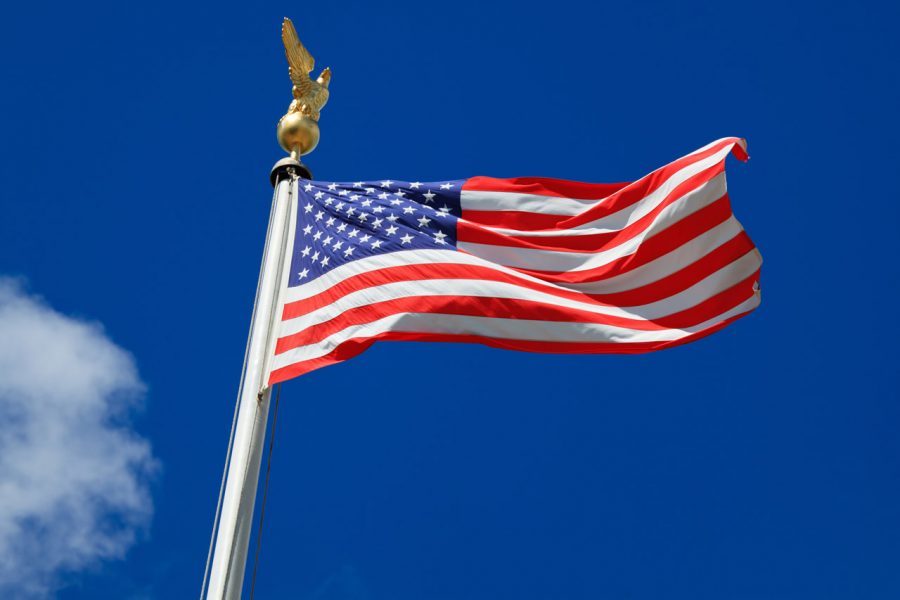The Modern American Dream
“To me there is a dual contemporary American Dream, two separate and contrasting American Dreams. In my opinion the contemporary version of the old American Dream is non-materialistic based, like it used to be.”
The first version is to be free to live exactly how you want, being who you are no matter what your race, gender, sexuality, religion, etc. In this first dream you get to pursue your life free of judgement and bullying, free of negativity and recrimination, a life defined by an inclusive and tolerant sensibility.
The second American Dream version is to eradicate anyone or anything that deviates from a very limited idea of what is “normal” or “accepted.” In this second version, you have the absolute right to maim, murder, insult or drive out what threatens your idea of conformity and safety and security and acceptability.
Any dream is achieved by hard work. But these two contemporary non-materialistic versions of the Am. Dream, are achieved by aligning with like-minded people in order to live a life that is supported externally. There are blatant American geographic areas defined by the character of their population, and there are higher educational institutions, companies, careers, communities and even grocery stores that nurture and espouse either Dream version one or Dream version two.
The original American Dream was about economic prosperity, becoming wealthy and showing it, and the corresponding social dominance. I think as well it was about the freedom to pursue “happiness” and individuality without persecution by governments. However, the pursuit of happiness and individuality originally had an extremely conformist look to it, and only really included white affluent or middle-class people. The original American Dream was exclusive. The modern definition(s) of the Dream, to me, seems focused on over-throwing the narrow-mindedness of the original definition, or oppositely, harkening back to its original meaning and strengthening it.
Values are the principles and philosophy that define you, that you believe in as the very core foundation of living. Each person’s set of values determines what he/she considers to be the American Dream.
I think pursuing a dream is equally satisfying to achieving it. There is joy and life-affirmation in the quest, and there is great sense of self-accomplishment in reaching a goal. That’s why once a dream has been achieved, a new one immediately replaces it. Blind pursuit indicates a total lack of awareness, both self and in relation to others. I think that results in a kind of desperation that does not factor-in consequence, a desperation that would not stop at anything to achieve a goal. That sounds like potential carnage to me, as well as a price to pay for the blind pursuer, on a soul level, if carnage ensued.
Dreams change because people grow and evolve and mature and broaden and deepen, etc. Dreams have to change in response. What once seemed important, or was a defining value, can and will be altered by life experience and will therefore change the dream. That said, certain dreams may never change if they are not met – in not having been attained, these dreams loom bigger than ever.
As mentioned above, I think there are several variations of the American Dream, based on personal identity and values. I think how you are raised and educated significantly impacts your version of the Dream, as does your ability to experience the world and be OPEN to the experience. For some people perspective and awareness will help them reflectively examine what the American Dream really means, and lean to an open-minded inclusion. Other people will remain entrenched in a more rigid version, one that does not involve anyone or thing conceived of as ‘other’ or different. And perhaps for both, the American Dream inevitably incorporates the idea of attaining financial success, because in the end, who doesn’t dream about that.

Emma is a junior at Goffstown High School. She has a twin sister who is her best friend. She loves her job at the Bedford Village Inn. She is also in Model...








